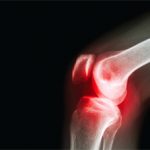The benefits of exercise therapy for individuals with knee osteoarthritis (OA) are well known. The ACR strongly recommends both aquatic exercise and land-based aerobic and resistance exercise for managing knee OA.1 A recent Cochrane systematic review and meta-analysis concluded that high-quality evidence supports the use of exercise to reduce pain and improve physical function and…






